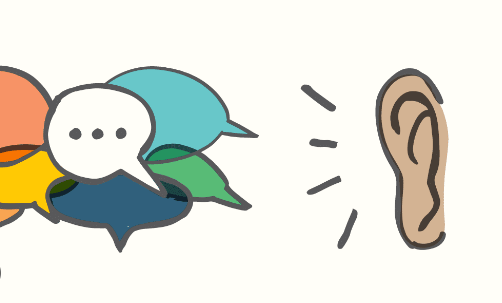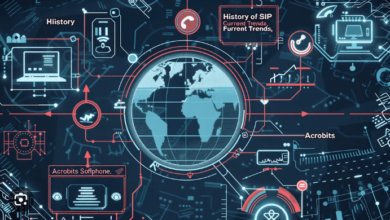Animated:7dmovfexrwm= Active Listening

Animated:7dmovfexrwm= Active Listening stands as a pivotal communication skill that transcends mere hearing, allowing individuals to create meaningful connections and foster understanding. By employing adaptable listening techniques, one can navigate both professional and personal interactions with greater efficacy. However, the path to mastering this skill often encounters various barriers that can hinder engagement and clarity. What are these obstacles, and how can one effectively overcome them to unlock the full potential of active listening? The answers may reshape your approach to communication in profound ways.
Understanding Active Listening
Animated:7dmovfexrwm= Active Listening is a fundamental communication skill that fosters meaningful interactions and enhances understanding between individuals.
It encompasses various listening styles, allowing individuals to adapt their approach for effective engagement.
By employing empathetic responses, listeners demonstrate genuine concern and validation, which strengthens connections.
This skill not only facilitates clearer communication but also empowers individuals to express themselves freely and authentically.
Read Also: Animated:6zmqxyrsv_C= Coffee Gif
Benefits of Active Listening
Numerous benefits arise from the practice of Animated:7dmovfexrwm= Active Listening, making it an essential skill in both personal and professional settings.
This approach fosters employee engagement, enhancing workplace morale and productivity.
Additionally, active listening strengthens relationship building, creating trust and understanding among colleagues and clients.

Techniques for Effective Listening
Effective listening is a skill that can be refined through specific techniques, enhancing the benefits previously discussed.
Identify your listening styles to adapt to various conversational contexts. Practice reflective responses by summarizing what the speaker has said, demonstrating understanding and engagement.
Employing these techniques fosters deeper connections, promotes clarity, and empowers individuals to communicate more effectively, ultimately enriching personal and professional interactions.
Overcoming Listening Barriers
Overcoming listening barriers requires a proactive approach to communication.
Effective distraction management is essential, as external and internal interruptions can hinder understanding.
Additionally, recognizing and addressing emotional barriers can enhance receptiveness during conversations.
Read Also: Animated:8bpde9r7v3i= Doors Gif
Conclusion
Animated:7dmovfexrwm= Active Listening serves as a cornerstone of effective communication, fostering deeper connections and understanding between individuals. By employing techniques such as reflective responses and summarization, listeners can enhance their engagement while overcoming barriers that may hinder dialogue. In a world increasingly filled with distractions, how can one truly connect without actively listening? Embracing the principles of active listening not only builds trust in professional environments but also enriches personal relationships, ultimately leading to more meaningful interactions.





